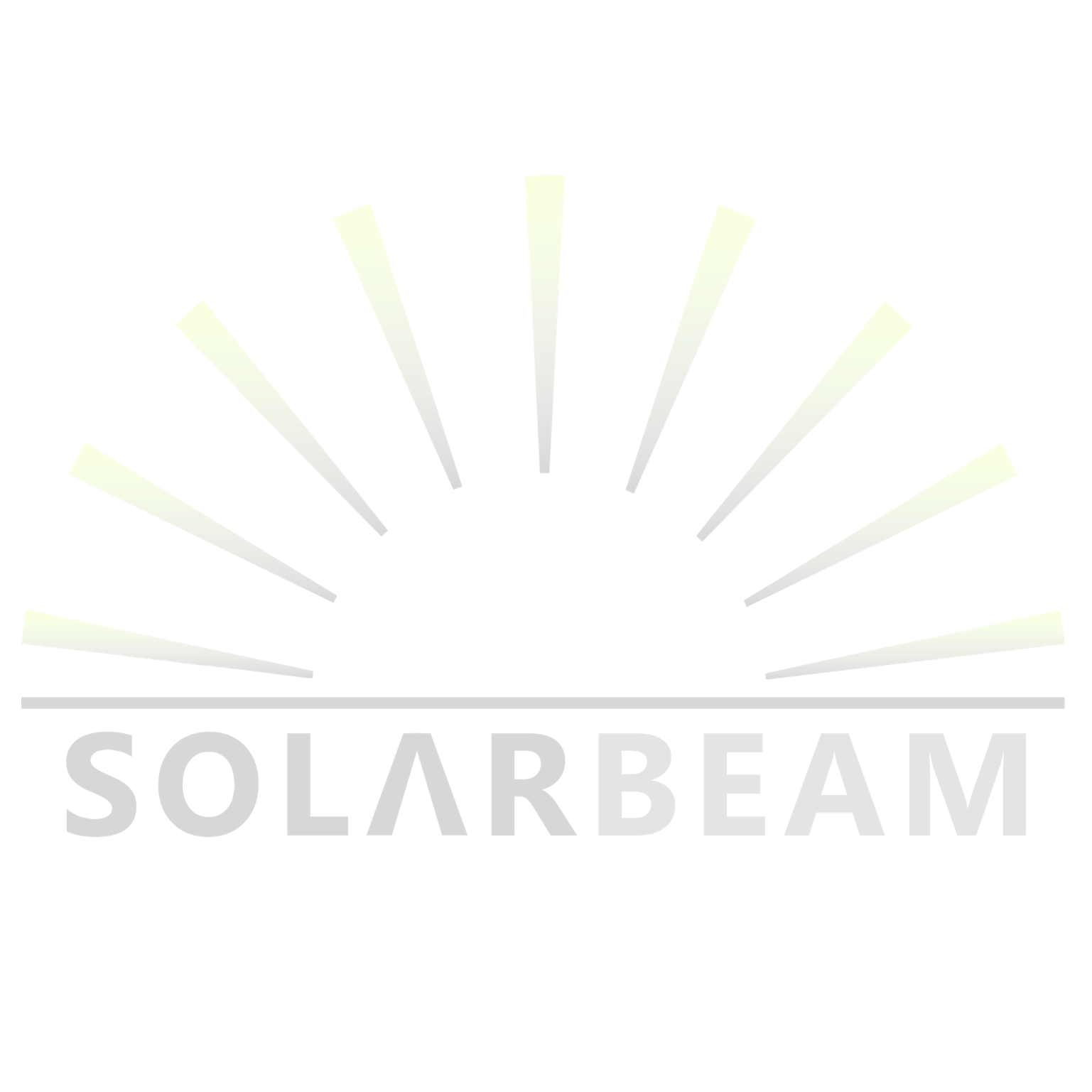How does Solar Work? 1
1. Solar photons are captured by photovoltaic cells and converted to direct current (DC) electricity.
2. To power appliances, an inverter converts direct current (DC) to alternating current (AC).
3. Wire carries AC current to a breaker box where it is distributed throughout the structure.
4. Unused electricity is returned to the utility grid or stored in solar panels.
The magic of a solar panel lies in its capacity to transform photons into electrons. A solar panel essentially transforms photons into direct current, which is subsequently transformed into alternative current for usage in residential and commercial purposes.
Most solar cells are made of silicon, a semiconductor that can generate electricity. The photovoltaic effect occurs when photons from sunshine contact with silicon atoms on the solar panel to release electrons.
A sandwich of positive and negative silicon sheets is used to create solar cells. Phosphorus is injected into the upper silicon layer to create a negative charge, while boron is injected into the lower silicon layer to create a positive charge. Electrons are directed toward conductive metal by the resultant field, where they exit the panel.



Hi, this is a comment.
To get started with moderating, editing, and deleting comments, please visit the Comments screen in the dashboard.
Commenter avatars come from Gravatar.